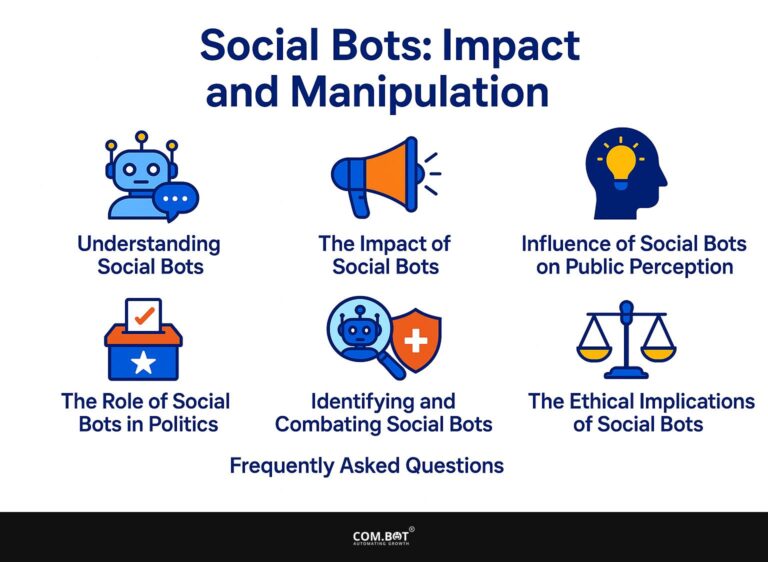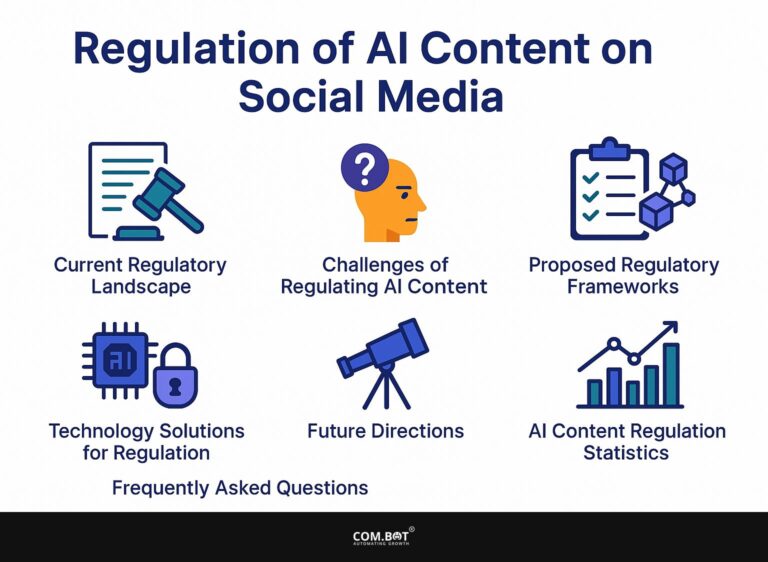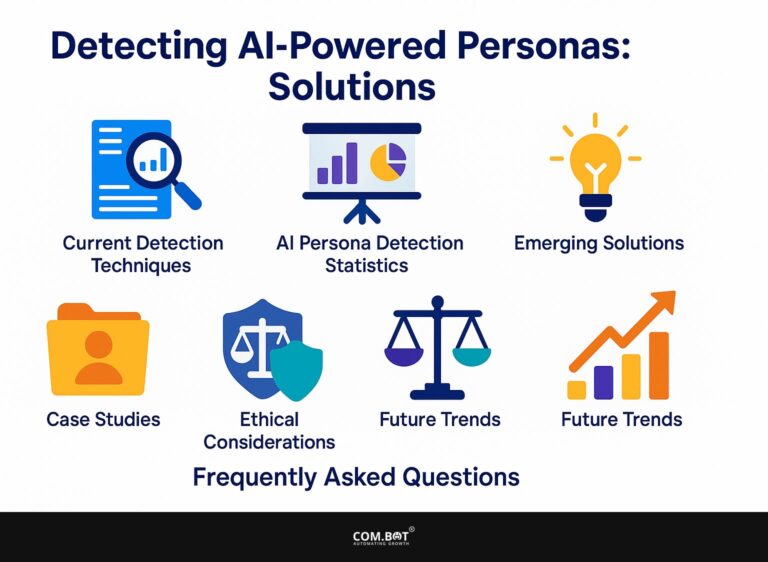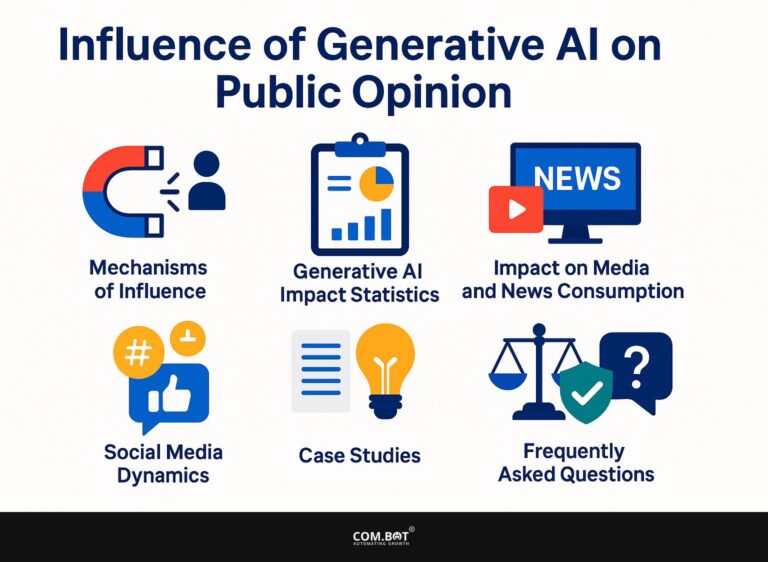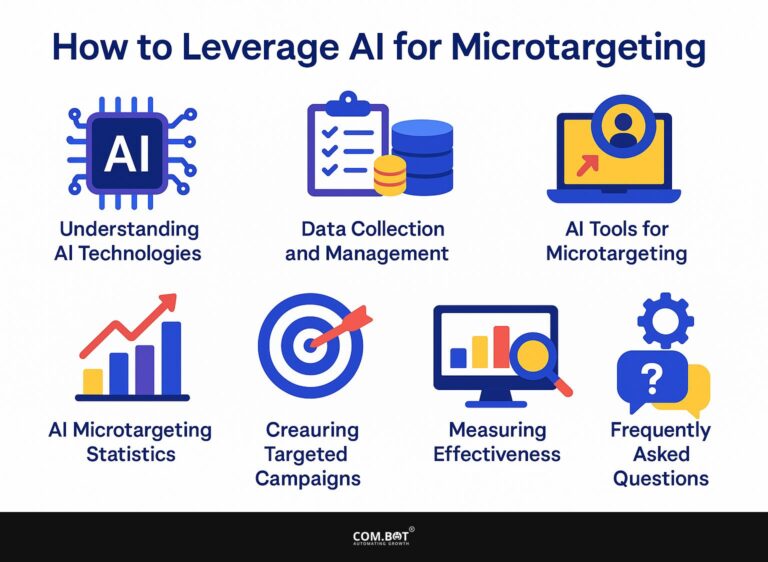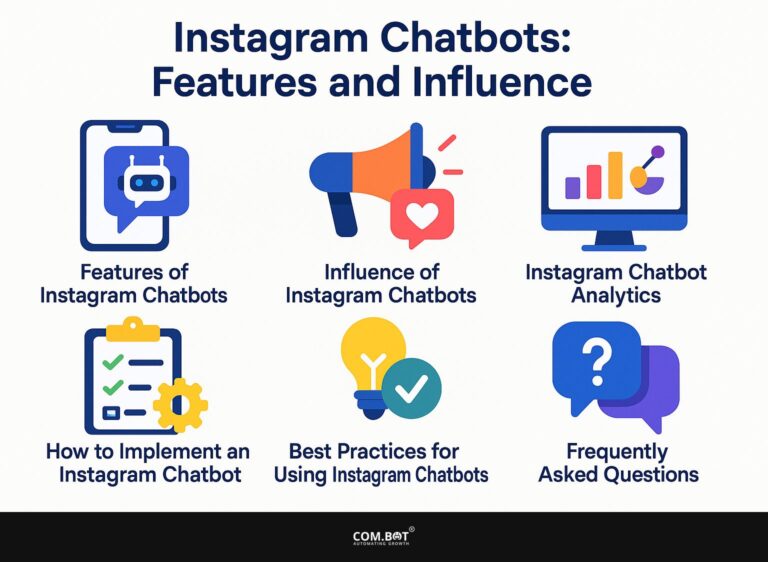How to Detect AI Bots on Social Media: A Guide
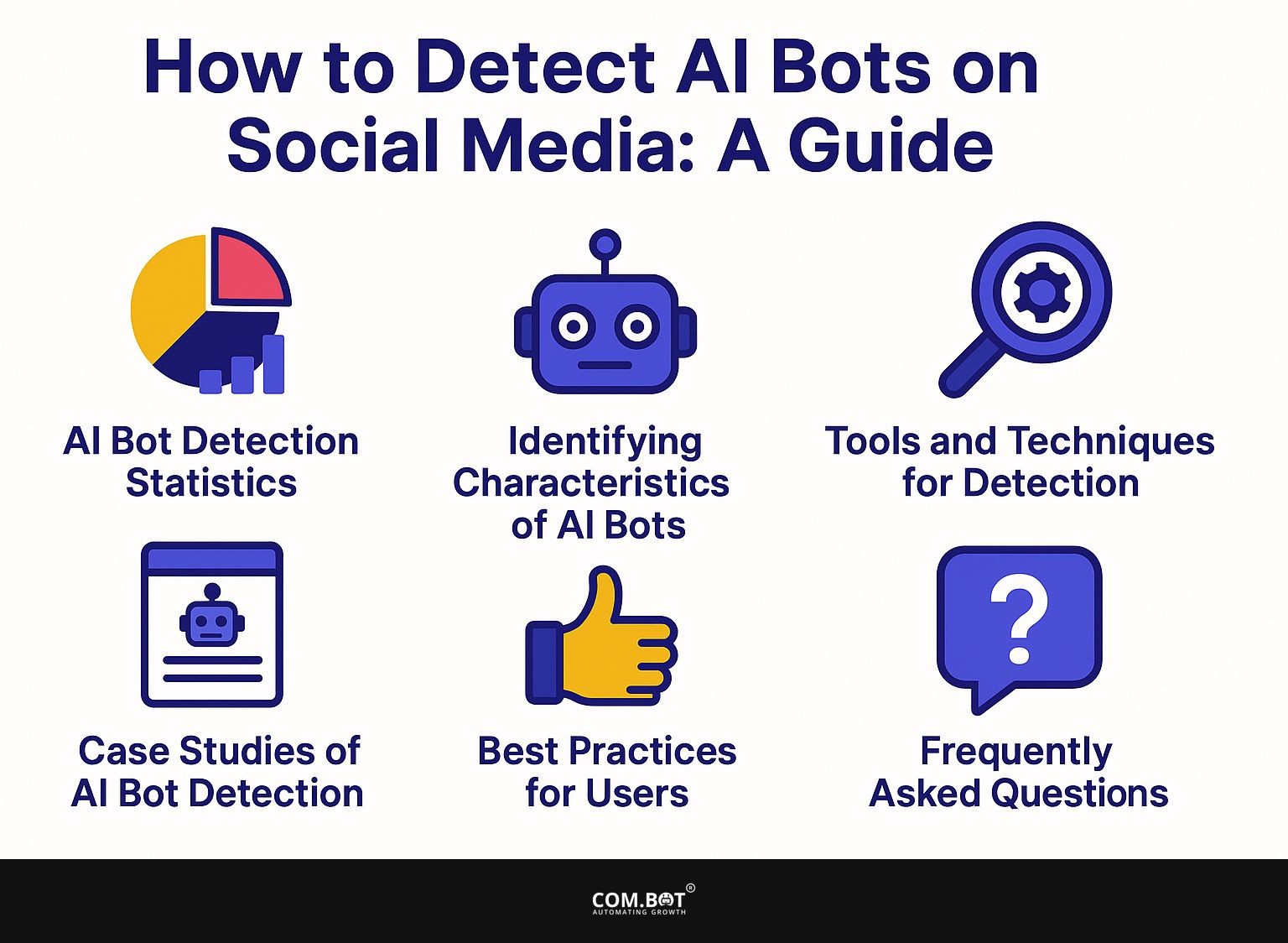
Finding AI bots on social media is important for keeping our online conversations honest. With platforms like Cloudflare managing information, learning to spot fake profiles is now easier. This guide offers practical ways and advice to spot these automated accounts, helping you use social media more effectively and confidently.
Key Takeaways:
- Be aware of the definition and purpose of AI bots on social media to better understand their behavior and impact.
- Use tools and methods like detection software and manual checks to find AI bots on social media.
- Stay informed and report suspected AI bots to prevent their manipulation and spread of false information on social media.
- 1 AI Bot Detection Statistics
- 2 Identifying Characteristics of AI Bots
- 3 Tools and Techniques for Detection
- 4 Case Studies of AI Bot Detection
- 5 Best Practices for Users
- 6 Frequently Asked Questions
- 6.1 1. What are AI bots on social media and why should I be concerned?
- 6.2 2. How can I tell if a social media account is operated by an AI bot?
- 6.3 3. Can AI bots on social media pose a security threat?
- 6.4 4. Are there any tools or resources available to help detect AI bots on social media?
- 6.5 5. What can I do if I encounter an AI bot on social media?
- 6.6 6. How can I protect myself from falling for AI bot manipulation on social media?
1. Definition and Purpose
AI bots are software created to perform tasks on social media, such as talking to customers and collecting data, which helps improve the sharing of information. These bots operate through various functions, such as responding to customer inquiries via direct messages, which improves engagement and satisfaction.
For example, using tools like Chatfuel or ManyChat, businesses can create automatic replies that respond to frequent questions in seconds. Bots can collect user information through surveys or polls, offering details that influence marketing plans.
Using these AI tools helps make communication smoother, keeping businesses quick to respond and focused on data in their social media strategy.
2. Growth of AI Bots on Social Media
The number of AI bots on platforms like Facebook and Twitter has increased rapidly, with estimates indicating that 15% of social media accounts are bots. Studies from Stony Brook University highlight the significant impact of these bots on shaping public opinion and political discourse.
For instance, in the 2020 U.S. election, a report indicated that bots amplified both misinformation and politically polarized content, potentially swaying undecided voters.
Researchers recommend using tools like Botometer to see if an account might be a bot, along with social media programs that show users how to spot automated accounts. The increasing complexity of these bots requires careful attention and early actions to support knowledgeable public discussions.
AI Bot Detection Statistics
AI Bot Detection Statistics
Understanding the intricacies of business automation requires a deep dive into efficient tools. For instance, integrating a com.bot event-driven workflow can significantly streamline operations across departments. Discover how this innovative solution can elevate your business processes in our detailed guide on the Com.bot Event-Driven Workflow Bot.
Bot Traffic Overview: Web Traffic Composition
Bot Traffic Overview: Bad Bot Activity Growth
Bot Traffic Overview: API Targeting by Bots
Bot Traffic Overview: Targeted Industries for Bot Attacks
The AI Bot Detection Statistics Look into the makeup and effects of bot traffic on websites and APIs, focusing on how common and increasing different bot activities are. Knowing these measurements is essential for creating effective plans to counter harmful bot actions.
Bot Traffic Overview reveals that 51% of web traffic This is traffic generated by automated bots, showing how much bots affect interactions on the web. Of this, 37% is identified as bad bot traffic, which includes bots with malicious intents such as scraping, fraud, and other cyber-attacks. This high amount of harmful bot traffic shows the need for strong detection and prevention methods.
- Bad Bot Activity Growth: There is a notable 45% increase in simple bot traffic, which usually involves basic scripting attacks that focus on web security gaps. More concerning is the 40% increase in account takeover attacks This indicates that cybercriminals are increasingly capable of hijacking user accounts using automatic techniques. This surge necessitates advanced security measures to protect user data and account integrity.
- API Targeting by Bots: The data shows that 44% of advanced bot traffic targets APIs. This targeting is significant because APIs often interact with sensitive data and perform critical functions within applications. Furthermore, 75% of targeted industries are using APIs, highlighting the widespread risk across various sectors. Industries need to keep their APIs safe from automated attacks to protect their operations.
- Targeted Industries for Bot Attacks: The travel industry experiences 48% of bot attacks, often aimed at scraping flight and hotel prices or performing fraudulent bookings. Meanwhile, the retail industry faces 59% of bot attacks, which can result in inventory depletion, price scraping, and fraud. These statistics highlight the importance of specific security plans in industries frequently attacked by bots.
The AI Bot Detection Statistics Highlight the ongoing and widespread danger caused by bot traffic. With over half of web traffic being bot-driven and a substantial portion of that being malicious, businesses must prioritize advanced bot detection and mitigation strategies. This covers the protection of APIs, the security of user accounts, and the application of defenses specific to various industries to guard against increasing automated threats.
Identifying Characteristics of AI Bots
Spotting AI bots means noticing specific traits in how they act and speak that make them different from real people.
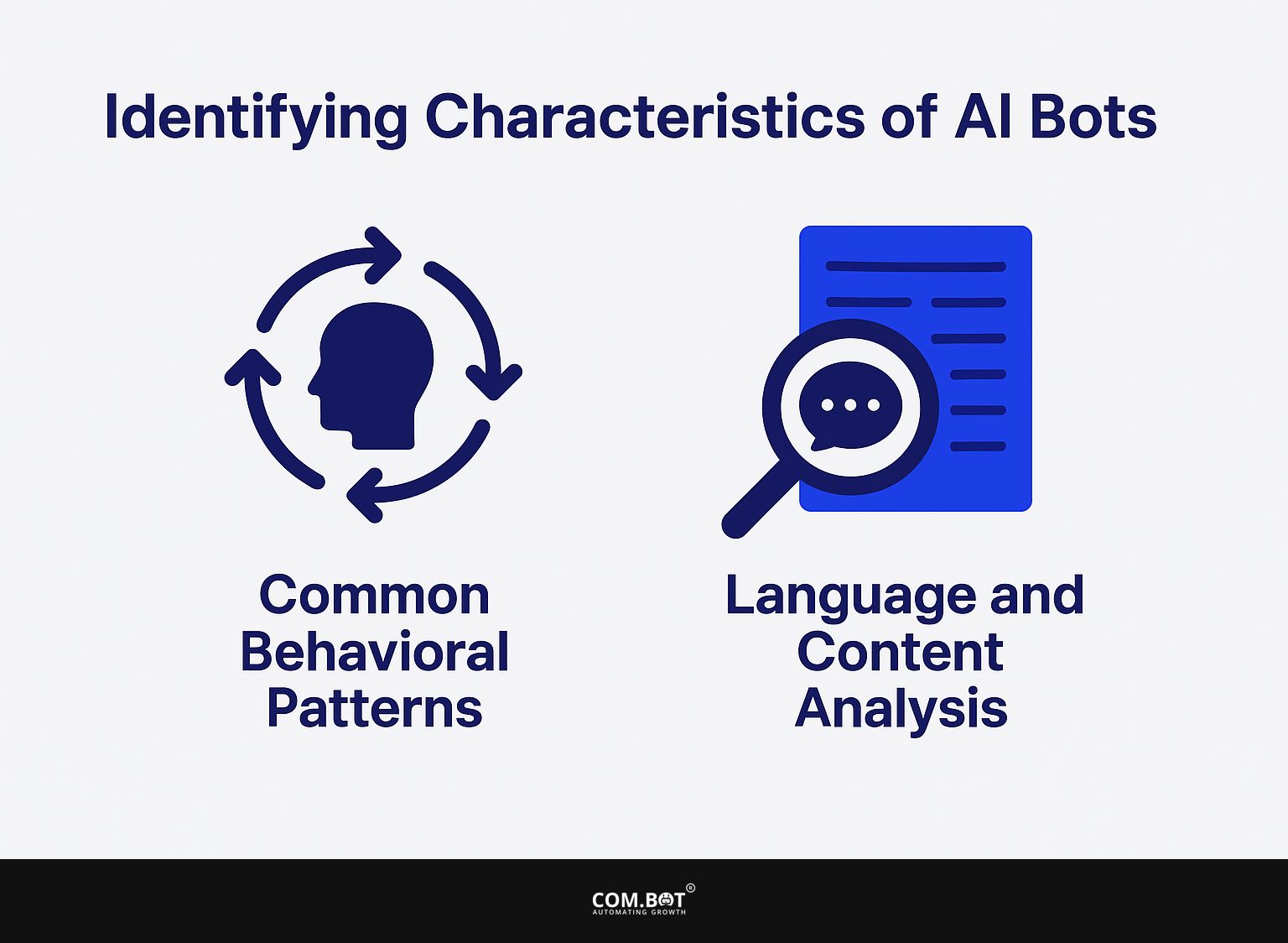
1. Common Behavioral Patterns
Common behavioral patterns of AI bots include rapid posting, repetitive interactions, and a lack of engagement with content, which can be identified using tools like Metricool.
To identify and examine these patterns effectively, pay attention to certain clues such as the frequency of posts. Bots may post every few minutes with minimal variation.
Examine the context of interactions; for instance, generic responses to unique queries often signal bot activity. Tools like Hootsuite and Sprout Social can help Metricool by offering more detailed information through analytics.
By tracking engagement metrics and scrutinizing response times, you can distinguish between human and bot interactions, enhancing your strategy in managing online communities.
2. Language and Content Analysis
Studies show that AI bots frequently repeat certain phrases and patterns. Tools like Bitdefender Ultimate Security can find these by checking the text.
To analyze language effectively, consider using tools such as Natural Language Toolkit (NLTK) for sentiment analysis, which helps identify emotional tone through scoring.
For frequency analysis, implement word clouds generated by tools like WordClouds.com, which visualize the most commonly used terms.
Employing Named Entity Recognition (NER) tools like SpaCy can classify key entities mentioned in posts. These methods show how language is used, helping you tell apart writing done by people and by machines.
Tools and Techniques for Detection
Finding AI bots effectively uses both machine tools and human observation to identify unusual account behavior.
See also: AI in Social Media: Detection, Scams, and Implementation to understand how AI enhances these detection capabilities.
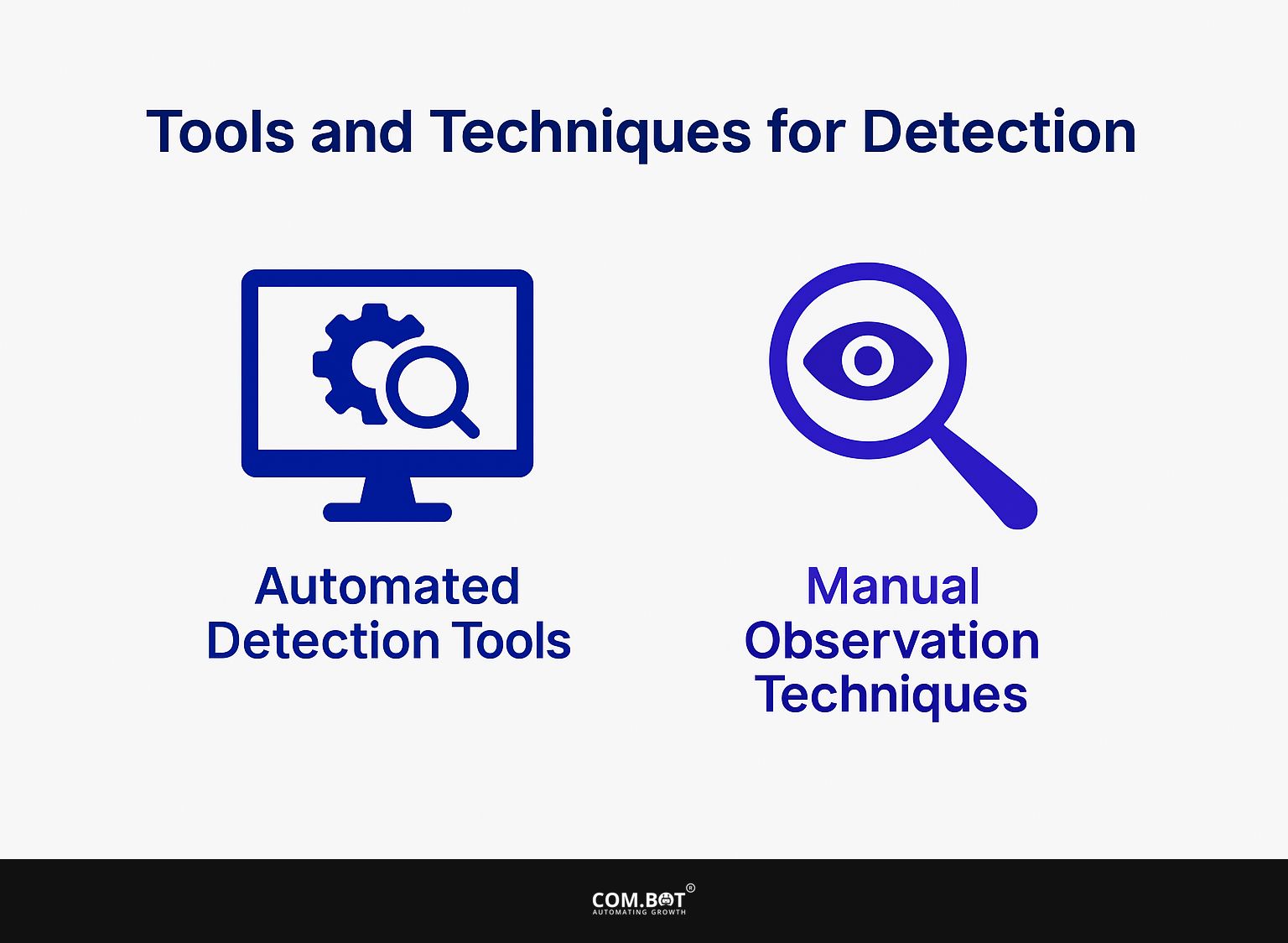
1. Automated Detection Tools
Tools such as Botometer and Hoaxy examine how accounts act and share information, providing a way to identify AI bots using numbers and data.
To improve your analysis, think about these tools:
- Botometer (free): Analyzes Twitter accounts for bot-like behavior, providing a score based on the activity patterns.
- Hoaxy (free): Tracks the dissemination of claims across social media, showing how misinformation propagates.
- Followerwonk ($0-$50): Provides detailed examination of Twitter profiles, helping with finding interaction statistics and audience details.
Choose based on your needs-whether it’s analyzing behavior, tracking false information, or studying audience interactions, these tools can greatly improve your bot detection strategy.
2. Manual Observation Techniques
Manual observation methods, such as checking profile activity and engagement levels, are important for spotting bots in real-time situations. To effectively implement these techniques, start by checking the profile age; accounts less than a few months old may raise suspicion.
Next, evaluate engagement ratios-look for a healthy balance of likes, comments, and followers. An account with 10,000 followers but only a handful of comments could indicate bot activity.
Also, assess the diversity of shared content; a mix of topics suggests genuine use, while repetitive posting on a single theme might not. Keep a checklist handy for consistency in your evaluations.
Case Studies of AI Bot Detection
Examples from real life show both effective ways to spot AI bots and the difficulties encountered in doing so on social media platforms. This aligns with the principles outlined in our analysis of AI in Social Media: Detection, Scams, and Implementation.
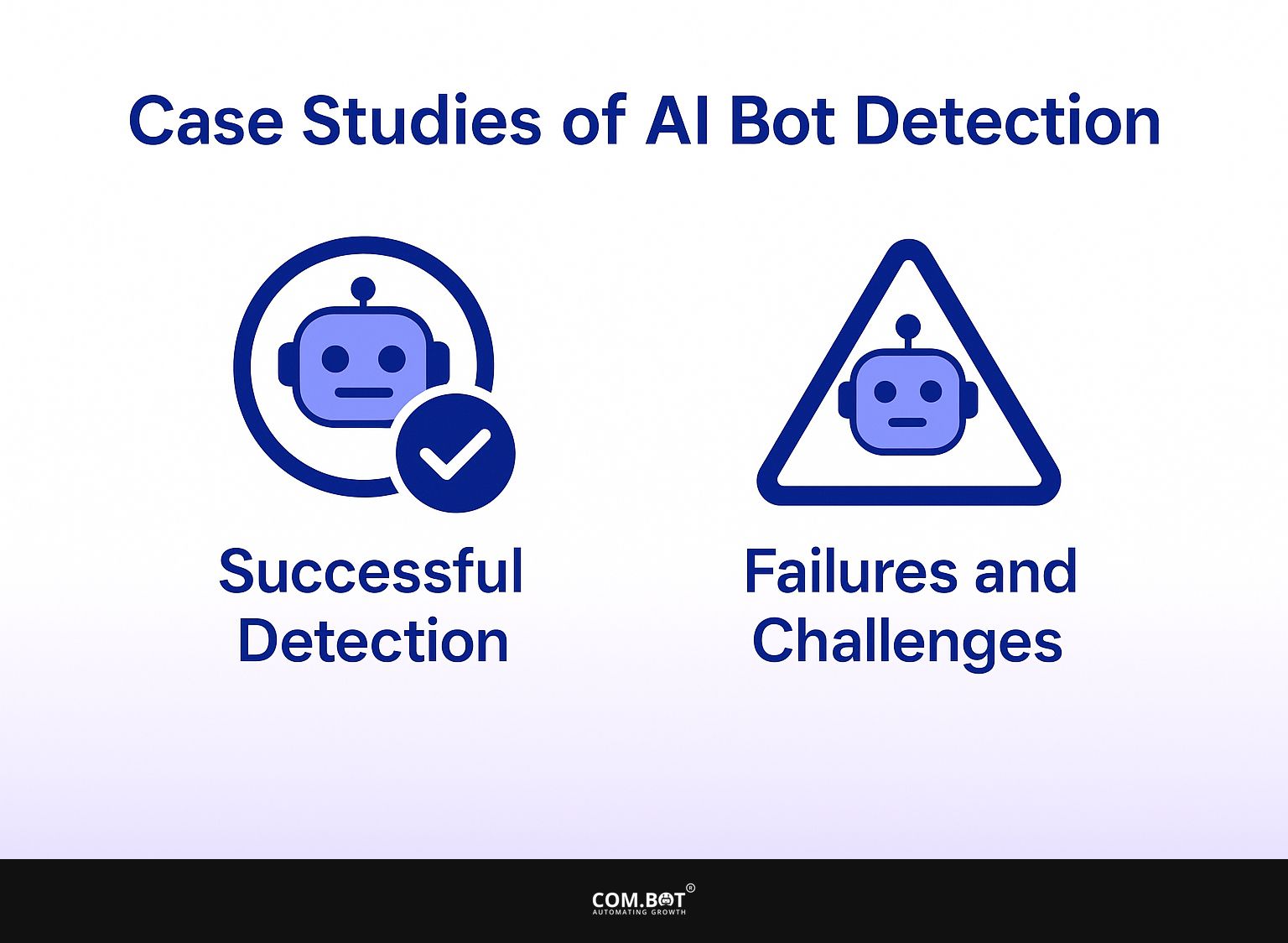
1. Successful Detection Examples
One successful detection case involved a Twitter account identified as a bot by analyzing its repetitive posting patterns, leading to its suspension within days. Another case featured a Facebook group where false health information spread rapidly.
By employing CrowdTangle, moderators tracked engagement metrics, pinpointing posts that accrued suspiciously high shares. When flags were raised, they implemented education campaigns on misinformation. This proactive approach cut the spread of false claims by 40% and increased the community’s trust in the information shared.
Using tools like Hoaxy can further visualize and analyze the spread of misinformation, enabling quicker identification and intervention efforts to maintain community health.
2. Failures and Challenges
Despite improvements in detection tools, some well-known cases show that it’s still hard to correctly spot AI bots, and mistakes like false positives happen.
For instance, in 2021, a major social media platform mistakenly flagged thousands of legitimate accounts as bots due to sophisticated impersonation tactics employed by malicious actors.
Similarly, news aggregators struggled to distinguish between human and AI-generated content, leading to the unintentional removal of credible articles. These mistakes show that we need more detailed algorithms that take into account context and language patterns.
Using machine learning models that gather information from user actions can greatly improve detection accuracy and reduce related issues.
Best Practices for Users
To protect social media interactions, users should use good habits for learning about AI bots and report any suspicious accounts.
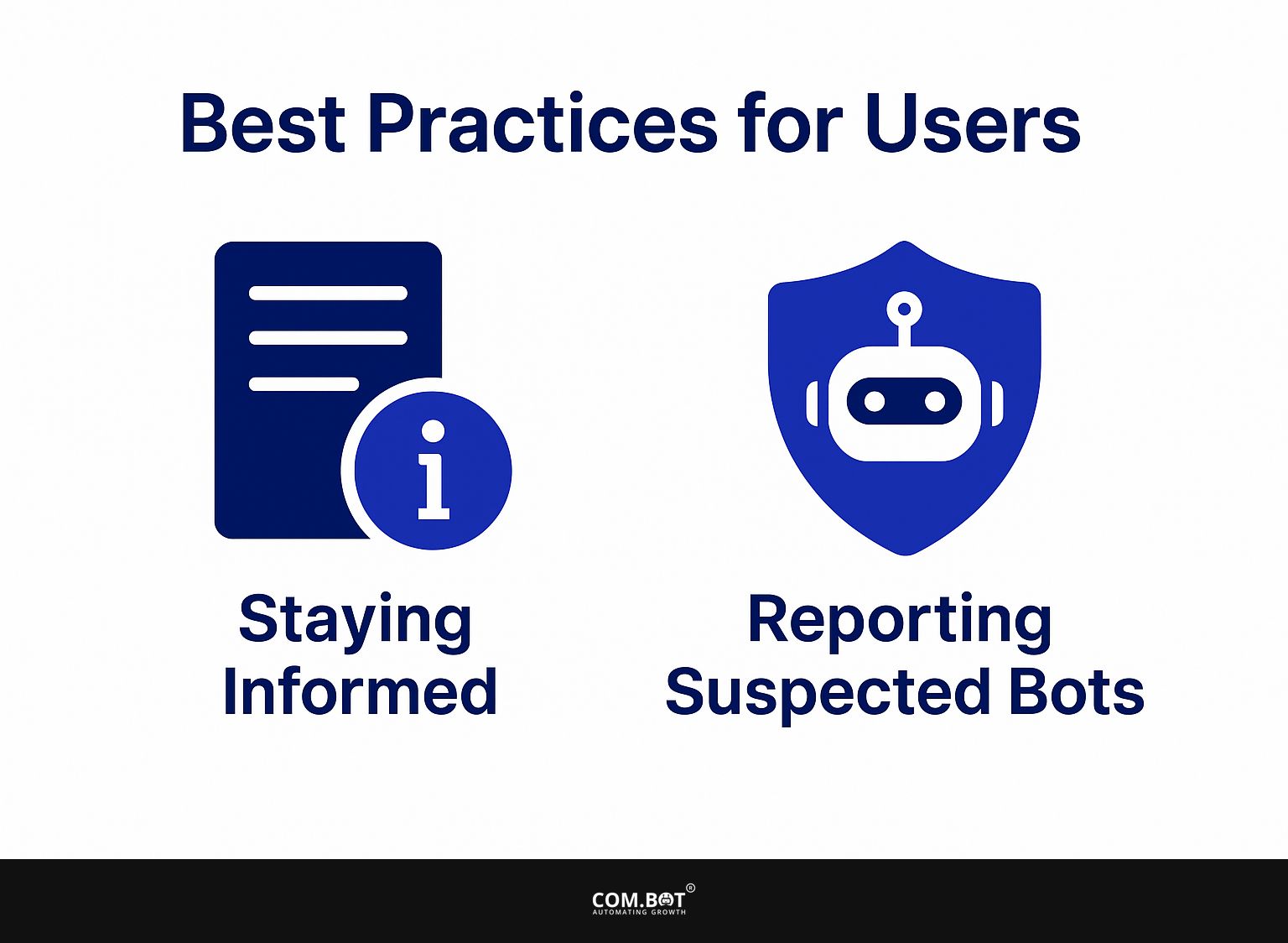
1. Staying Informed
Keeping up with AI bot news is important. Users should check reliable sources like Snopes and participate in community forums for the latest information.
Plus Snopes, consider subscribing to the following resources:
- the AI Now Institute, which publishes academic research on the social implications of AI;
- the Electronic Frontier Foundation (EFF), focusing on digital liberties;
- MIT Technology Review provides detailed examinations of new trends.
Joining platforms like Reddit’s r/MachineLearning can facilitate engaging discussions and real-time updates. Using these resources keeps users informed about the latest in AI technology, helping them stay up-to-date and understand changes in the field.
2. Reporting Suspected Bots
Users can play an active role in combating AI bots by reporting suspicious activity directly through social media platforms’ reporting tools.
To report a suspected bot on X (Twitter), click on the dropdown arrow on the offending tweet and select ‘Report Tweet.’ Choose ‘It’s suspicious or spam’ and provide evidence like screenshots or links to similar activity.
On Facebook, click the three dots on the post, choose ‘Find support or report,’ and follow the instructions, providing information about the account.
Gather clear examples of what the bot does, like scheduled posts or odd ways it interacts, to support your argument.
Frequently Asked Questions
AI bots are computer programs designed to imitate human actions and communicate with people on social media sites. They can be used for various purposes, such as spreading propaganda or manipulating public opinion. It is important to be aware of AI bots because they can influence the information we consume and the decisions we make.
There are several clues that can show a social media account is run by an AI bot. These include a high volume of posts, repetitive content, and a lack of personal information or interactions with other users. Bots might use common or random profile photos, and their posts might have spelling or grammar mistakes.
Yes, AI bots can pose a security threat on social media. They can be used to spread malware, steal personal information, or manipulate users into clicking on malicious links. It is important to be cautious when interacting with unknown accounts, especially those that exhibit bot-like behavior.
Yes, there are various tools and resources that can help detect AI bots on social media. These include bot detection software, social media analytics tools, and online resources that track and analyze bot activity. It is important to use multiple sources and approaches when trying to detect AI bots.
If you encounter an AI bot on social media, you can report it to the platform. Most social media platforms have rules against fake accounts and will respond if they get many complaints. You can also block and unfollow the account to prevent further interactions.
To protect yourself from falling for AI bot manipulation on social media, it is important to be aware of the signs of bot activity and only engage with accounts that you trust. Avoid clicking on suspicious links or giving out personal information to unknown accounts. It is also helpful to regularly review your social media connections and unfollow or block any suspicious accounts.
